Every month, pharmacists face the same frustrating pattern: a patient walks in two weeks early for a 30-day prescription, insists the doctor said it was okay, and seems confused when asked for proof. This isn’t just inconvenient-it’s dangerous. Early refills and duplicate therapy mistakes are silent killers in healthcare, contributing to opioid overdoses, drug interactions, and unnecessary hospital visits. The good news? These errors aren’t random. They’re predictable. And with the right systems in place, they can be stopped before they happen.
Why Early Refills Are a Red Flag
Early refills aren’t always mistakes. Sometimes, a patient loses their pills or runs out early because of an emergency. But when it happens month after month-especially with controlled substances like oxycodone, Adderall, or benzodiazepines-it’s a pattern. The DEA strictly prohibits refills for Schedule II drugs. No exceptions. Yet, some patients still try to get them by visiting multiple pharmacies or switching prescribers. This is called "doctor shopping," and it’s a major driver of the opioid crisis. Pharmacists aren’t just dispensing pills-they’re the last line of defense. A 2023 report from Pharmacy Times found that nearly 40% of early refill requests for controlled substances came from patients who had filled the same drug at another pharmacy within the past 14 days. That’s not coincidence. That’s risk. And it’s not just opioids. Patients on blood thinners, diabetes meds, or psychiatric drugs can end up with dangerous overlaps if two doctors prescribe the same thing without knowing the other did. One patient in Edinburgh was found to be taking two different SSRIs at the same time because one doctor didn’t check the other’s notes. He ended up in the hospital with serotonin syndrome. That’s preventable.How Duplicate Therapy Happens-and How to Stop It
Duplicate therapy isn’t always obvious. It might look like two different brand names for the same drug. Or two different prescribers giving the same class of medication-say, two different ACE inhibitors for high blood pressure. Or worse, a patient gets a new prescription for gabapentin from a neurologist while already taking it for anxiety from their GP. The problem? Most prescribers don’t have full visibility into what a patient is taking elsewhere. Insurance claims don’t always sync with EHRs. And not all pharmacies share data-unless they’re part of a regional network. The fix? Use clinical viewers. In Scotland, the NHS Scotland Clinical Viewer gives pharmacists access to prescriptions filled through publicly funded programs across the country. That means if someone gets a 30-day supply of tramadol in Glasgow and shows up in Edinburgh a week later asking for another, you’ll see it. You can flag it. You can call the prescriber. You can protect the patient. But access alone isn’t enough. Pharmacists must be trained to look for red flags: frequent refills, inconsistent dosing, multiple prescribers, or a patient who always pays cash for certain meds. These aren’t just policy violations-they’re warning signs.Build a Risk-Based Refill Protocol
Not all medications need the same level of oversight. A nasal steroid? Low risk. A 30-day supply of fentanyl patches? High risk. A smart system treats them differently. The American Academy of Family Physicians (AAFP) recommends a three-tiered approach:- Low-risk meds (like antihistamines, nasal sprays): Can be refilled automatically if the patient has been seen in the last 6 months.
- Medium-risk meds (like statins, metformin, beta-blockers): Allow a 3-month supply if the patient has had a follow-up visit and labs are up to date.
- High-risk meds (like opioids, benzodiazepines, stimulants): Require direct provider approval. No exceptions. Even 2 days early is a red flag unless there’s documented proof of loss or travel.
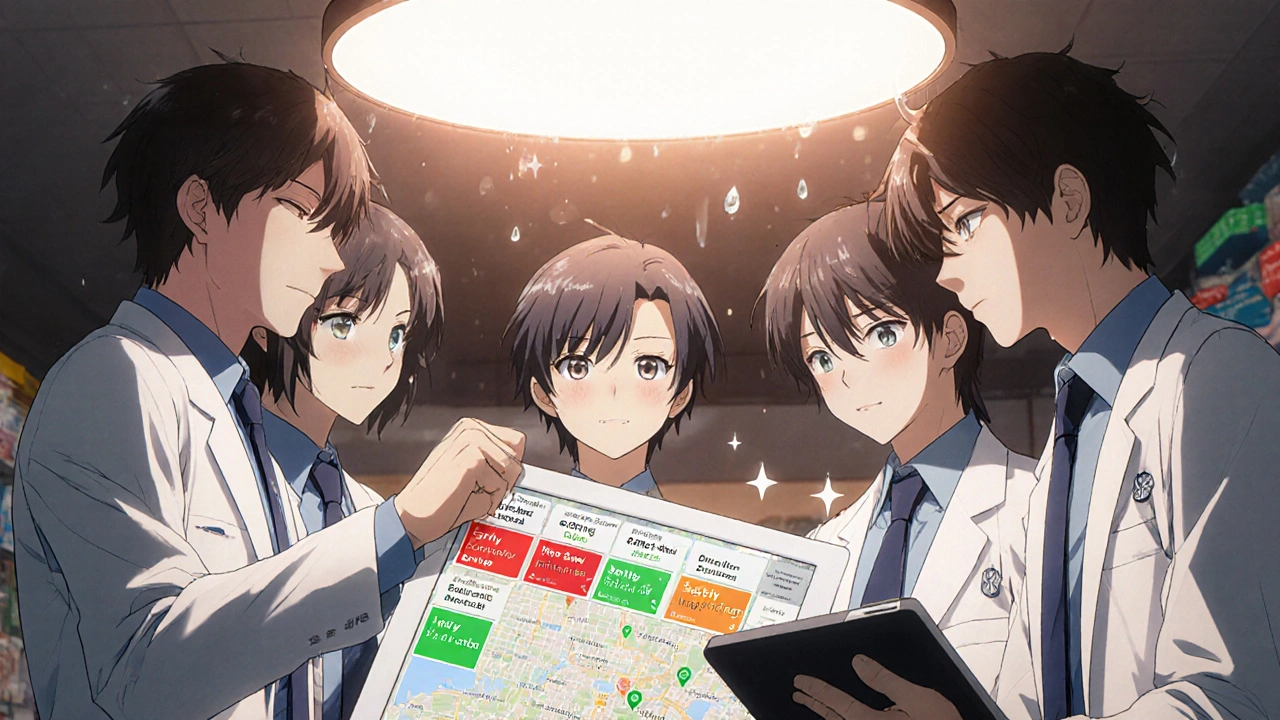
Use Technology-But Don’t Rely on It Alone
EHRs and e-prescribing systems are powerful tools. But they’re only as good as the data they’re fed. If a patient’s prescription history isn’t fully loaded, the system won’t catch a duplicate. If the prescriber doesn’t document that a refill was picked up early, the next request will slip through. Here’s what works:- Enable Drug Utilization Review (DUR) alerts in your pharmacy software. These flag potential duplicates or interactions before you dispense.
- Use electronic prescribing for controlled substances (EPCS). It’s required by law in many places and prevents tampering or forgery.
- Set up automated refill reminders that only trigger after the patient has used at least 75% of their supply. No more "I’m out early" excuses.
- Require prescribers to add notes like "Cancel all prior refills" when issuing new prescriptions. This stops old scripts from auto-renewing.
Train Your Team to Speak Up
Too often, pharmacy staff are afraid to say no. They worry about losing a customer. Or they think, "It’s not my job to judge." But safety isn’t optional. Every team member-techs, assistants, pharmacists-needs to know how to respond. Create a script:- "I see you’ve picked this up twice in the last 21 days. I need to check with your doctor to make sure this is safe."
- "I can’t refill this early unless there’s a documented medical reason. Can I help you schedule a quick visit?"
- "I noticed you’re taking two medications that work the same way. Let me talk to your prescriber about this."
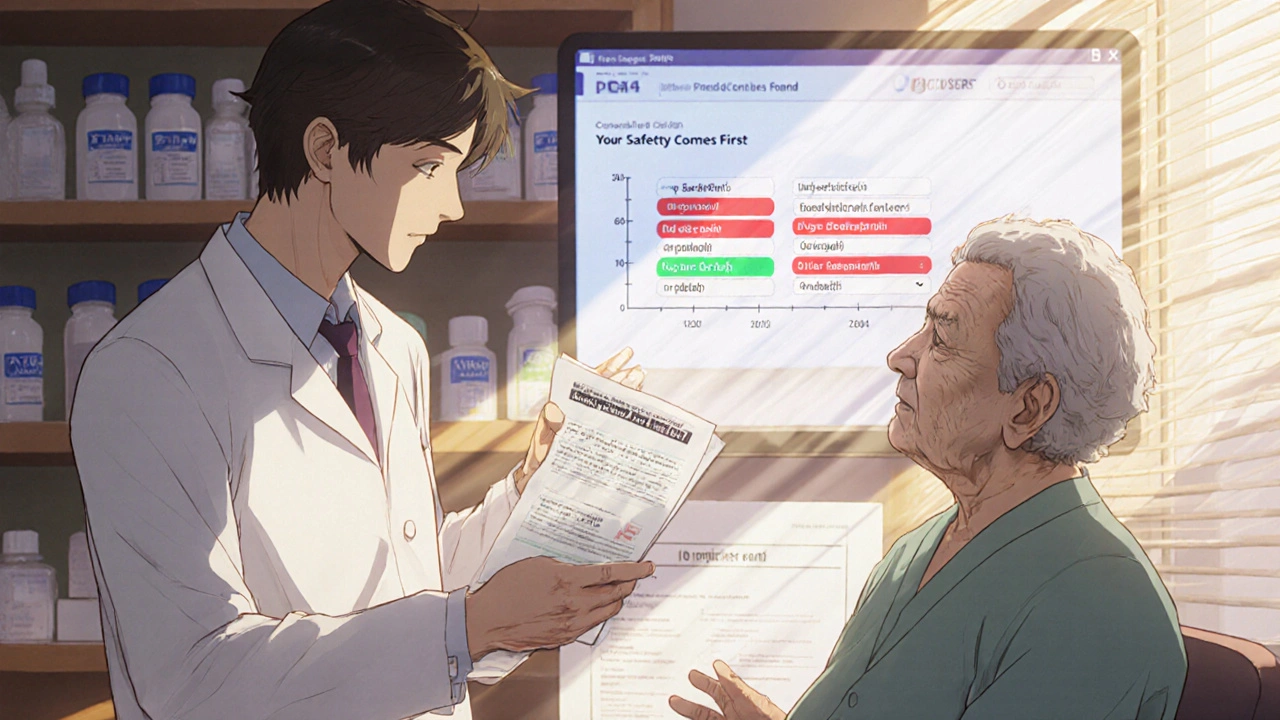
Work With Prescribers-Not Against Them
The best prevention happens before the prescription is written. If a doctor knows a patient has a history of early refills, they can adjust their approach:- Prescribe a 90-day supply with no refills-reduces trips to the pharmacy and cuts down on manipulation.
- Use mail-order for chronic meds. Less chance of early refill attempts.
- Set up a "medication agreement" for high-risk patients. It’s not punitive. It’s protective. It says: "I’m here to help you. But I need to know you’re using this safely."
What to Do When You Catch a Problem
You spot it: duplicate therapy. Early refill. Suspicious behavior. Now what? Follow this simple checklist:- Don’t dispense. Hold the prescription.
- Check your clinical viewer or pharmacy network for other fills.
- Call the prescriber. Say: "I’m seeing two prescriptions for the same class of drug. Can we review?"
- If it’s a controlled substance and the refill is illegal, report it to the DEA’s diversion control division.
- Document everything: date, time, patient response, what you did, who you contacted.
Final Thought: This Is About Care, Not Control
Preventing early refills and duplicate therapy isn’t about being strict. It’s about being smart. It’s about recognizing that a patient asking for a refill too soon might be struggling with addiction, forgetfulness, or fear. Or they might just be confused by insurance rules. Your job isn’t to be the pill police. It’s to be the safety net. The one who notices the pattern. The one who asks the question. The one who calls the doctor before the patient ends up in the ER. When systems are clear, staff are trained, and technology works with people-not against them-these errors drop. Patients get the care they need. And lives are saved.Can I refill a controlled substance early if my patient says they lost their pills?
No-not without documentation. The DEA does not allow refills for Schedule II drugs under any circumstances, even if pills are lost or stolen. The patient must see their prescriber for a new prescription. If the prescriber believes the loss was legitimate, they may issue a new script, but it must be written as a new prescription, not a refill. Pharmacies should document the incident and report it if patterns emerge.
Why do some patients get early refills while others don’t?
It’s not about favoritism-it’s about protocol. Patients on low-risk medications (like thyroid pills or blood pressure meds) often have 3-month supplies with automatic refills if they’ve had a recent visit. High-risk drugs like opioids require direct approval every time. Insurance rules also vary: some allow 5 days early, others don’t. The key is consistency. If your pharmacy has a clear, written policy applied equally to everyone, patients accept it.
How do I know if a patient is using multiple pharmacies?
Use your pharmacy’s clinical viewer or prescription drug monitoring program (PDMP). In the UK, NHS Scotland’s Clinical Viewer shows prescriptions filled through publicly funded programs across the country. If a patient is getting the same drug from two different pharmacies within 14 days, that’s a red flag. Also watch for cash payments, inconsistent prescribers, or frequent refill requests just before the 30-day mark.
What if my EHR doesn’t show all my patient’s prescriptions?
That’s a common gap. Not all pharmacies share data, especially private or out-of-network ones. Always check your regional PDMP. In Scotland, use the NHS Clinical Viewer. If the patient is on private insurance or paid cash, ask them directly: "Have you filled this script anywhere else?" Never assume your system has the full picture. Your eyes and your questions are still your best tools.
Can pharmacists refuse to fill a prescription they think is unsafe?
Yes. In the UK and most countries, pharmacists have a legal and ethical duty to refuse to dispense any medication they believe is harmful, illegal, or inappropriate. This includes duplicate therapy, early refills of controlled substances, or prescriptions that don’t match the patient’s history. Always document your reasons and contact the prescriber. You’re not overstepping-you’re protecting.

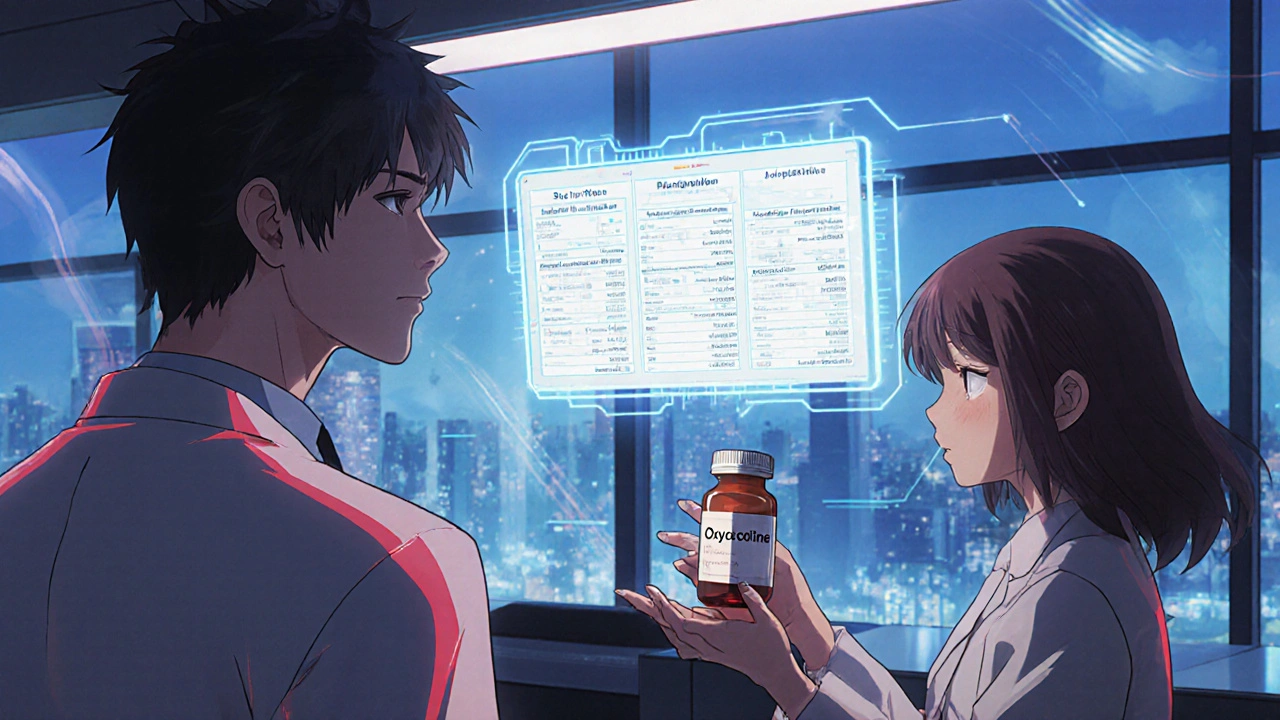

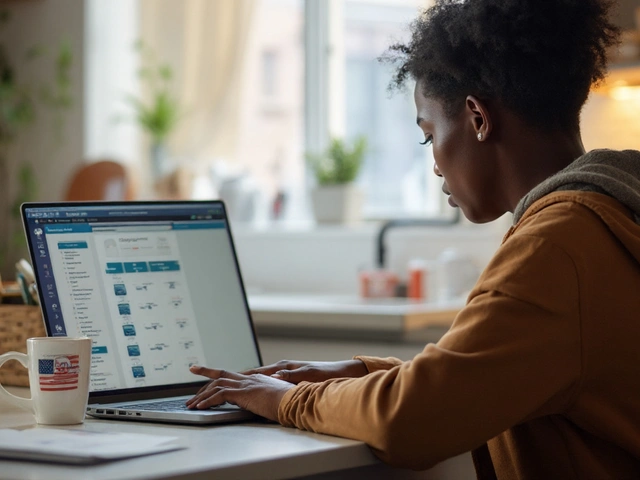
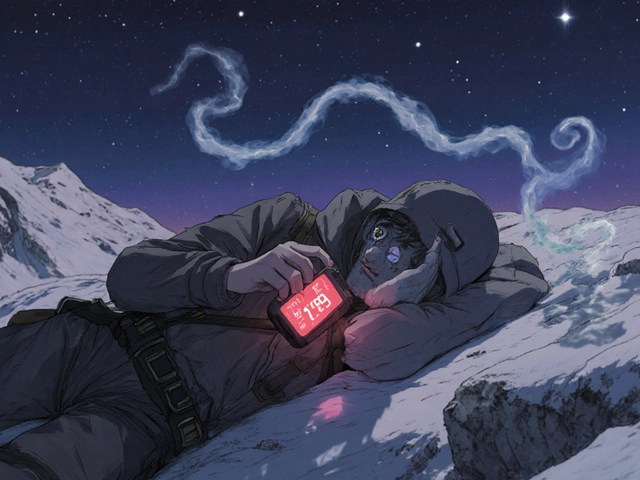

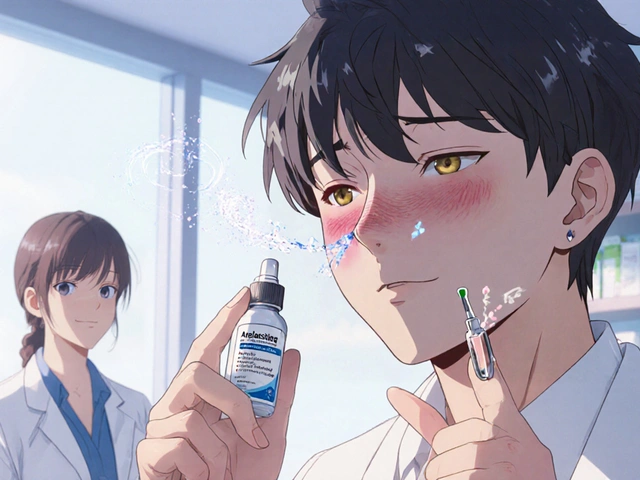
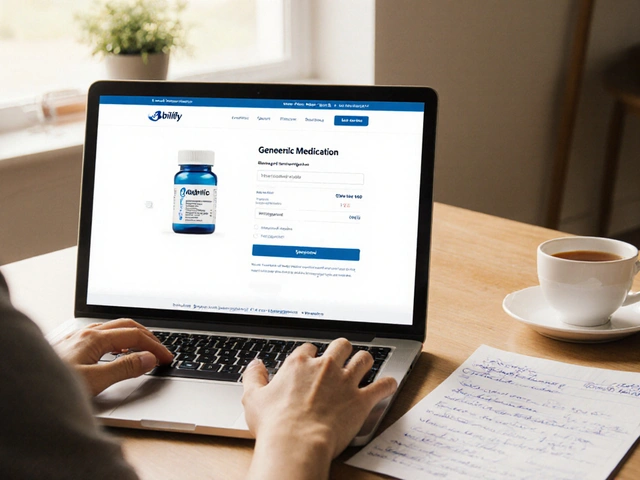
Patrick Marsh
November 22, 2025 AT 22:23Document everything. Call the prescriber. Protect the patient.
Simple.
Danny Nicholls
November 23, 2025 AT 06:54Robin Johnson
November 24, 2025 AT 05:27Latonya Elarms-Radford
November 24, 2025 AT 09:57Yes, protocols save lives. But they also sanitize the violence of neglect. We need more than checklists. We need mercy. We need justice. We need to stop pretending this is about compliance-and start admitting it’s about care.
Mark Williams
November 25, 2025 AT 17:36Ravi Kumar Gupta
November 26, 2025 AT 08:24Rahul Kanakarajan
November 27, 2025 AT 05:35New Yorkers
November 28, 2025 AT 23:24David Cunningham
November 29, 2025 AT 11:02luke young
November 29, 2025 AT 22:05